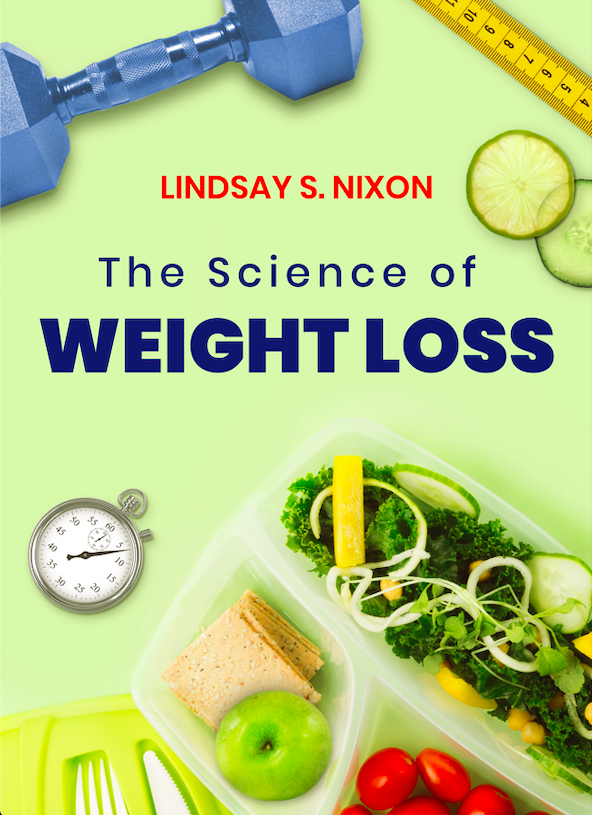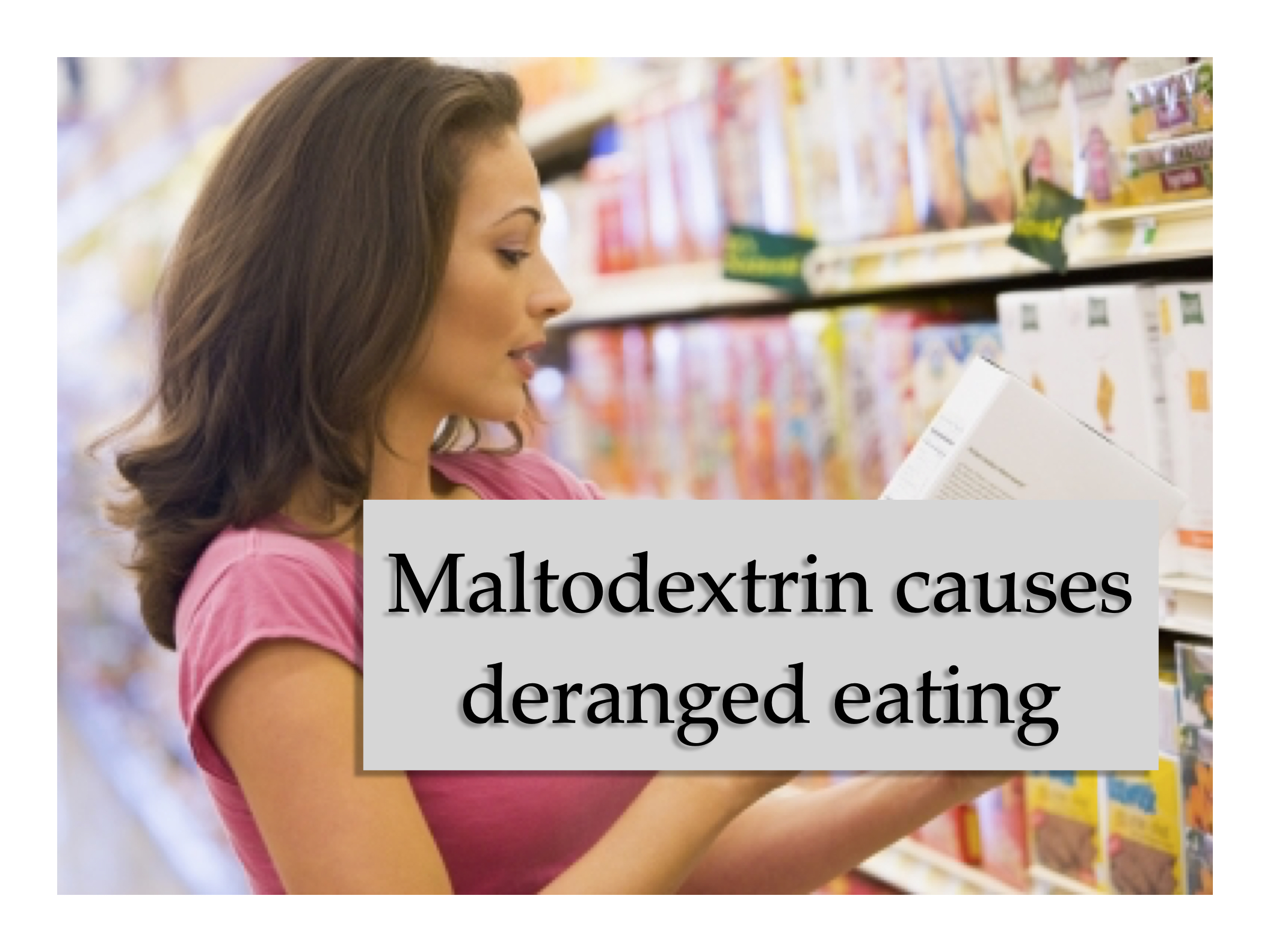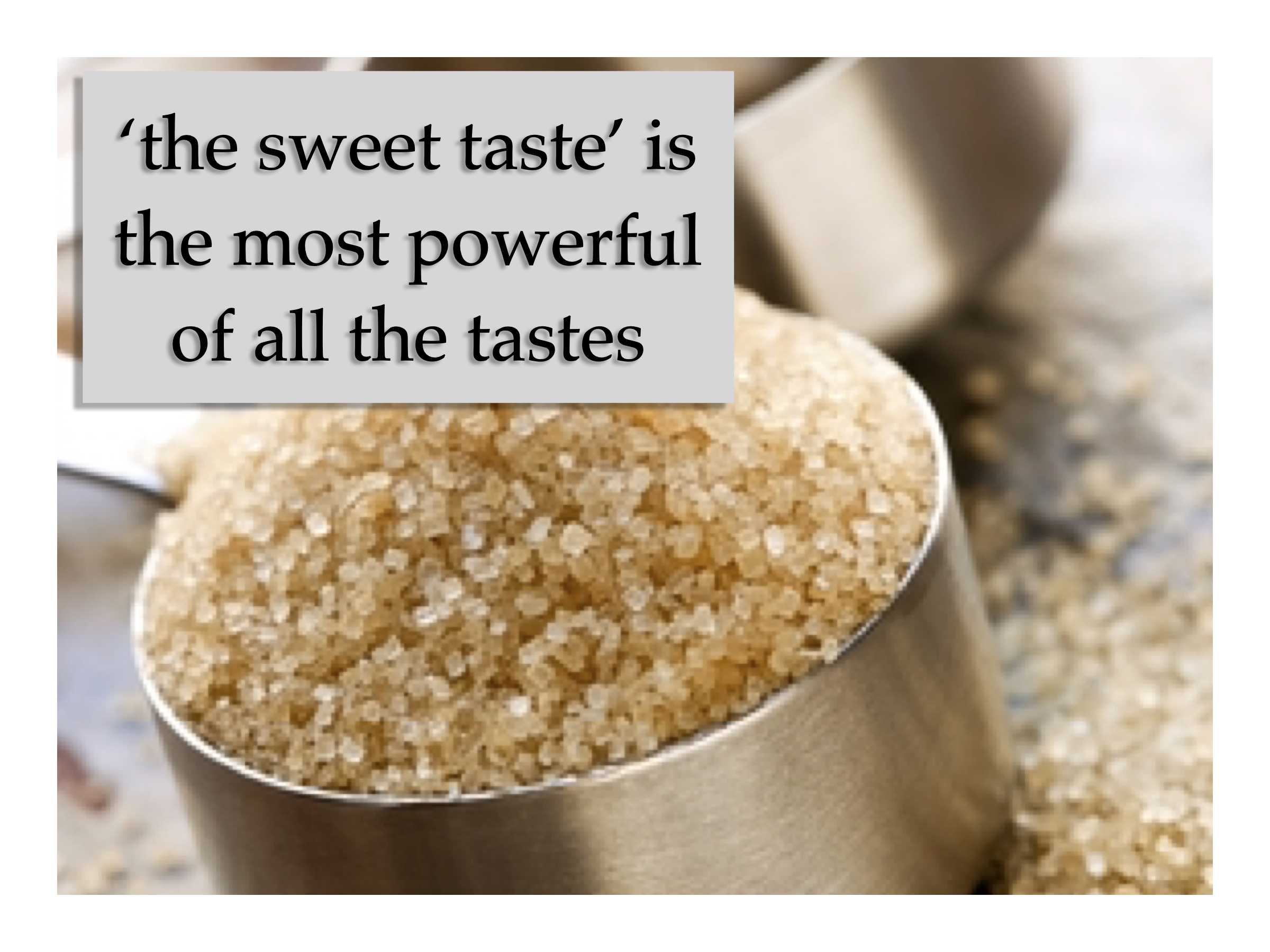I'm so excited to share a little 'sampler' from my new research book, The Science of Weight Loss.

As many of you know, I struggled with overeating for years, so any research on what makes us eat beyond biological needs tends to grab my attention. Here were some of the more...provocative 'discoveries' I came across during my 4 years of research and writing.
-----------------
Hunger can be a hormonally driven behavior, which means overeating is not necessarily a personal choice.
The feeling of hunger can also be artificially stimulated by your thoughts and from environmental triggers. For example, smelling food, seeing food, or just thinking about food can make you feel “hungry” even when there is no biological need for food. This experience is often referred to as “false hunger” and it is different, but related to, hedonic hunger (or ‘emotional hunger’) which refers to the drive to eat to obtain pleasure in the absence of an energy deficit.
In all my research on weight-loss science, there were 5 discoveries that really shocked me about overeating and I wanted to share them with you. These five things effectively make overeating inevitable so if portion sizes (or overeating) is something you struggle with, avoid these 5 sabotagers.
#1 Puffed Foods (this includes cereal and popcorn)
Puffed foods “give” calories on the back-end. Specifically, they are higher in calories than advertised because puffing--making the food softer--lowers the cost of digestion. For example, in a study with rats, for 4 weeks, all the rats ate the same food (rock hard pellets). Then half the rats were switched to puffed pellets. Although they ate the same calories (the pellets did not differ nutritionally in any way) 1 week later, the puffed pellet group was bigger. By 22 weeks, the puffed pellet group was 6% heavier with enough abdominal fat to be considered obese. Researchers concluded that the reason the softer diet led to obesity was simply that it was a little less costly to digest.
Puffed foods also fail to signal satiety receptors in the stomach. This is why we can eat a bucket of popcorn or handfuls of cereal and not “stuffed.” For example, it is very easy to eat 2 handfuls of cereal (about 200 calories) without feeling too full, but you would definitely feel full after eating 2 apples (also about 200 calories).

STRATEGY: Avoid puffed foods or eat their non-puffed equivalent. For example, eat rice instead of rice cakes.
#2 Maltodextrin
Maltodextrin is a food additive and it is in e-v-e-r-y-t-h-i-n-g these days. About three years ago I started to notice whenever I ate foods containing maltodextrin (e.g. Tofutti vegan cream cheese) I started having deranged hunger. Wondering if it was “just me” I started looking at some of the foods my private clients binged on or otherwise reported having hedonic eating around. ALL of them contained maltodextrin. I started to avoid it and kept my eye out for research. There hasn't been much, but it has been shown to spike blood glucose (more than regular sugar), harm gut bacteria, and in one human study, including maltodextrin made the subjects “like” it more and changed their hunger levels. In another study, the more humans were given maltodextrin the more they liked and wanted it. Brain scans also showed their brains lighting up in response. (My private clients that choose to abstain from maltodextrin generally report significantly less bingeing and hedonic eating episodes afterward.)

STRATEGY: Take a look at your ingredients. Does maltodextrin affect you?
#3 Introducing New Flavors after you’ve eaten.
The emerging research on sensory-specific satiety is supremely fascinating. It also helps explain why we almost always have “room for dessert.” Broadly, a new flavor experience is exciting and creates anticipation which re-triggers appetite. Emerging research also suggests that we have different satiation thresholds for different flavors. This means every time you start with a portion of new food or flavor, you “reset” your feeling of satisfaction.

This research also adds clarity to why we will eat dessert after we are stuffed and how we can eat so much more food at buffets. (In general, alternate food choices drive increased consumption. Variety has been shown to decrease satiety and increase energy intake in every study on the subject.)

Curiously, milkshake studies are THE THING in weight-loss research, and here’s one to illustrate this concept: In the study, subjects were required to consume a strawberry milkshake in two minutes. Afterward, they were either offered more of the same strawberry shake or a new chocolate shake. (They could drink as much as they wanted.) Predictably, the subjects consumed more if they were offered the chocolate milkshake.
STRATEGY: If you're still hungry, eat more of what you've been eating. For example, have another helping of chickpeas or green beans rather than introducing a new flavor. p.s. We always have room for dessert.

#4 SOS combinations
The combination of sugar, oil (fat), and salt is irresistible. Food manufacturers exploit this which is why all “addictive” junk foods have SOS. A key reason this happens is that ‘the sweet taste’ is the most powerful of all the tastes. It is also a taste ‘enhancer’ meaning it can take something that is normally not palatable or revolting (or just "okay") on its own (e.g. pure fat, or bitter taste) and make it delicious. For example lemons to lemonade, cocoa powder into chocolate, and icing (icing is literally fat mixed with sugar).
Sugar itself also seduces the reward pathway in your brain. The ways in which sugar hijacks the brain is both fascinating and terrifying…

STRATEGY: Eat or drink the unsweetened version.
STRATEGY: Pre-portion SOS foods and know that whatever amount you select, it will probably never "be enough" at first taste. HOWEVER, if you eat a little and wait/distract yourself for 15-20 minutes, you'll be satisfied without needing "more." This is a great hack for dessert lovers!
HOW CRAZY IS THIS: Just the feel of fat on the tongue (no swallowing required) triggers a response in the reward center in the brain. The reason the brain responds so intensely to fat in this way is that for most of human history, fat was exceedingly difficult to find in sizable quantities. In the past, humans had to compete with animals to climb trees, get the nuts (usually only a few at a time) and then spend tedious amounts of time removing the hard shells. Today, fat is everywhere, in everything, and in a highly industrialized form called oil.

#5 Refined foods that don’t contain protein.
Broadly, physical satiety is triggered by gastric stretch (which stops ghrelin, the hunger hormone) and from the release of separate appetite-related peptides like GLP-1. Refined and processed foods fail to stretch the stomach (Fail #1 leading to overeating) and they also don't trigger those appetite-suppressing peptides (fail #2 leading to overeating) because they lack protein. (Protein is a big trigger for most of those peptides).

HOWEVER, protein isn´t always needed. For example “carbohydrates” are satiating, even if “low in protein” if they contain fiber. For example, a potato is incredibly satiating and doesn't have a ton of protein compared to, say, chickpeas. Ideally, the food has protein and fiber (this is why all whole foods are best--protein + fiber are the best combinations for physical satiety and satiation)
STRATEGY: you can halfway “hack” the process--or at least make refined stuff somewhat satisfying, by making sure there is fiber or protein happening along with it. For example, if you’re going to eat white rice, eat some tofu or beans too. Interestingly, when fiber increases with carbohydrates, the metabolic and hormonal disturbances that are associated with refined carbohydrates disappear.

Find this info helpful and fascinating? Me too! This also means you need my new research book, The Science of Weight Loss (get your copy here) It is perfect for you. I took everything I learned after 4 years of research (reading 346 studies and 53 books) and wrapped it all up into one easy-to-understand book.
This book summarizes all the science, debunks mainstream myths, and provides you with more than 100+ different actionable strategies you can employ immediately to get results going. These are easy, science-based things you can do, like putting vinegar on carbohydrates, shifting mealtimes, letting potatoes and rice cool first, and reducing carbs on the days you drink alcohol, to get unstuck and/or maximize your speed of weight-loss.
TABLE OF CONTENTS HERE.
Now about your trigger foods...
Key an eye out for the next post about why some foods trigger us to binge.
If you want to learn more about any of the topics in today's post, I dig deeply into them in The Science of Weight Loss which you can purchase here. (Still available at the "early bird fresh release" price!)















